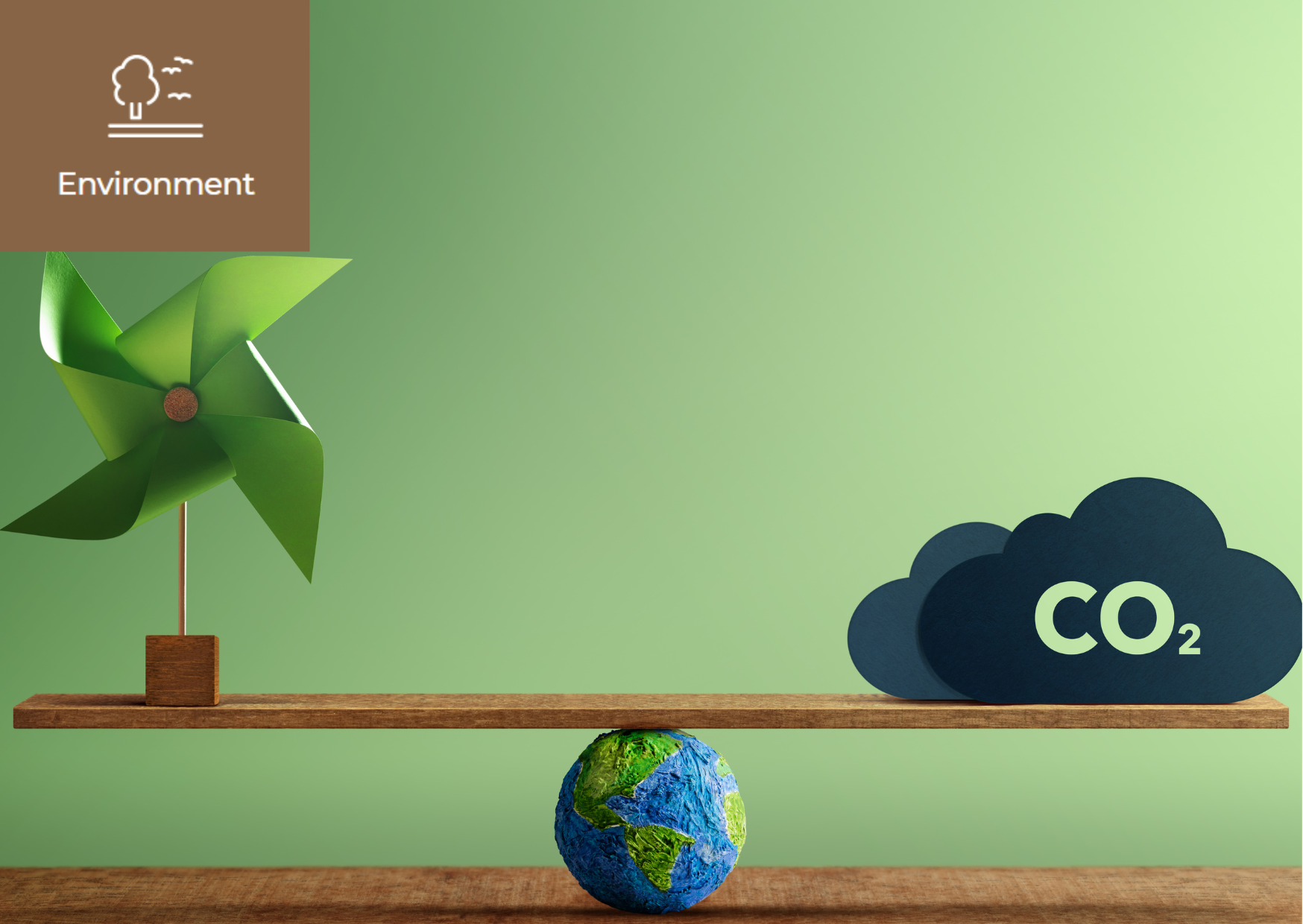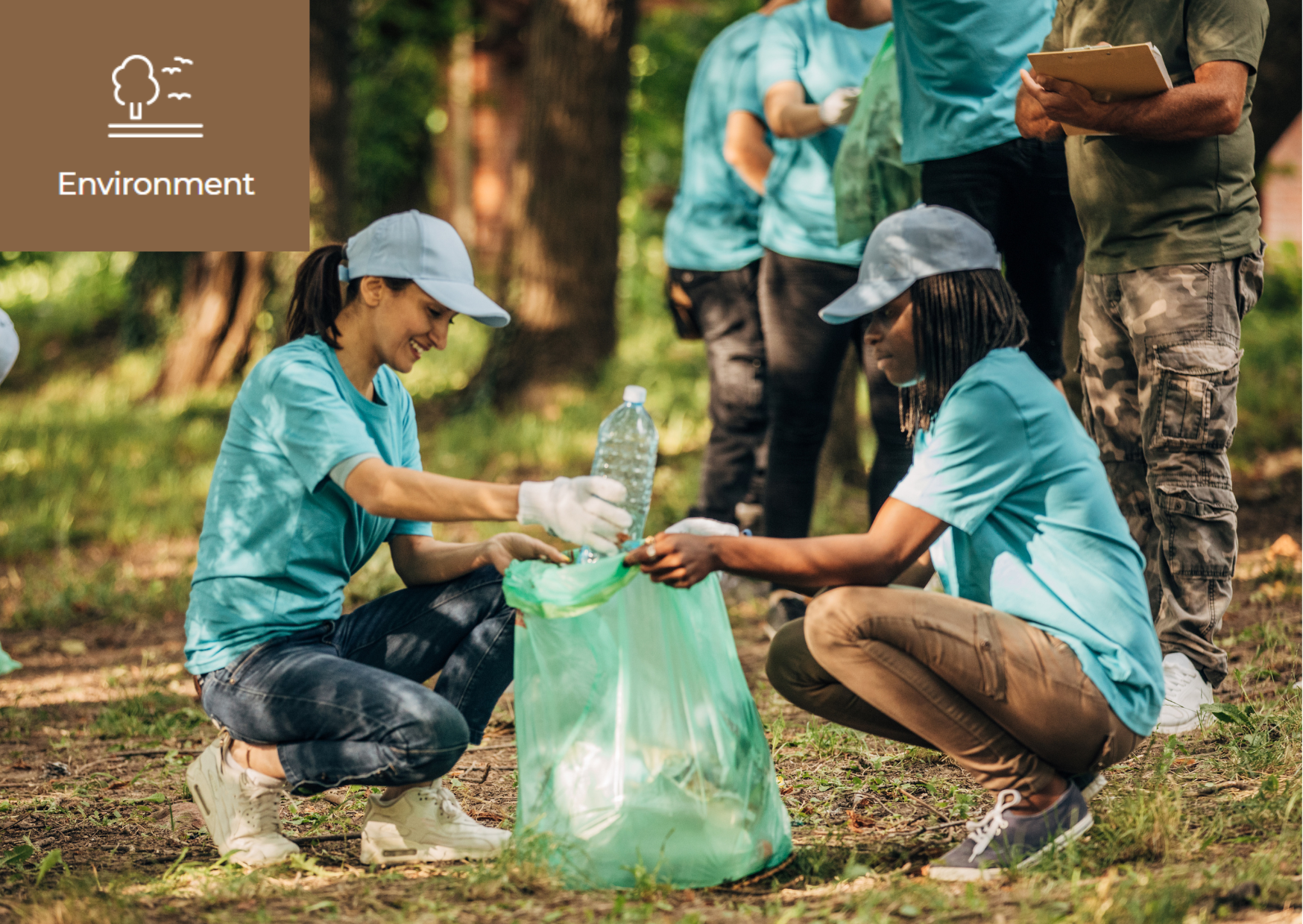What Is Digital Colonialism?
―Digital Colonialism―Digital colonialism refers to the phenomenon in which a small number of powerful technology corporations control the information sovereignty and access rights of many nations.In this article, we will explore the concept and background of digital colonialism, examine real-world examples, and discuss the direction we must take moving forward.―At This Very Moment, Where Is Your Data?―In 2024, at a public school in Kenya, students have their faces scanned as they enter the classroom — a simple attendance check.But that data is immediately transmitted to foreign cloud servers.On the surface, it appears to be a “free system,”yet in reality, the data sovereignty of students and local residents is quietly being handed over to outside entities.In this structure, the local people use the technology, but foreign corporations own and control it.This is what we call Digital Colonialism.―What Is Digital Colonialism?―Digital Colonialism refers to a phenomenon in which a handful of powerful technology corporations control the information sovereignty and access rights of many nations through data, platforms, and algorithms, creating a new structure of dependency.But why use the word “colonialism”?At its core, colonialism is about one party taking control of another’s resources and monetizing them for its own gain.• Every time we click “like,”• Every time we search,• Every word, post, and trace we leave online—all this data is seen, analyzed, and monetized by corporations before we even look at it ourselves.That is why the term “colonialism” is used.<Colonialism vs. Digital Colonialism>• Resource = Land → Data• Domination = Military Power → Platform Monopoly• Exploitation = Labor → Surveillance & Data Extraction• Resistance = War → Difficult (no laws, intangible assets)Nick Couldry, a leading scholar of digital power at the London School of Economics, highlights the shift as follows:“If traditional colonialism occupied land, digital colonialism occupies human life and emotion.”— Nick Couldry & Ulises Mejias, 2019―The Numbers Behind Digital Dependence―Every day, we record and produce data.Yet the ones who control its flow and profit from it are the platform corporations concentrated in the Global North.● Global Digital Power Imbalance• 92% of global data storage is controlled by U.S. and Chinese cloud companies• 96% of AI training data is based on English-language content• 80% of global digital revenue goes to GAFAM (Google, Apple, Facebook, Amazon, Microsoft)• Over 70% of Africa’s public data is stored on servers located in the Global North• Data protection laws: Adopted by 85% of high-income countries, but less than 20% of low-income nationsSource: World Bank, (World Bank: WDR 2021)● Global Digital Power StructureThis imbalance is more than just a data issue —it reflects how technology itself is concentrated in the hands of the Global North.CategoryGlobal North (Tech Giants)Global South (Developing Nations) PlatformsDesign and control monopolisticallyDepend on external platformsDataCollected, analyzed, and used for AI trainingUnconsciously providedRevenueGenerated through ads, recommendations, algorithmsAlmost noneInfrastructure/ServersOperate domestic cloud systemsRely on foreign serversLegal SovereigntyStrong data protection frameworksWeak or unenforced regulationsIn its 『Digital Economy Report 2021』, the United Nations Conference on Trade and Development (UNCTAD) warns:“Data is the key asset of the 21st century.Those who collect, analyze, and utilize data hold the most powerful position in the global value chain.Developing countries remain mere providers of data excluded from its analysis, storage, and monetization.”In this reality, what we need is not just better technology,but a fairer technological order,more equitable data agreements,and a stronger awareness of digital sovereignty.―Examples of Digital Colonialism―Case ① – The Trap of “Free Internet”: Free BasicsSince 2016, Facebook has provided a service called Free Basics in parts of Africa and India, promoting it as “free internet.”In reality, however, users could only access websites owned by Facebook.Behind the rhetoric of “expanding internet access” was a hidden truth —the concentration of information gateways and choices in the hands of a single corporation.In this structure, users are no longer consumers of information,but consumers of pre-selected information.The international human rights organization Access Now criticized this as:“Not freedom of information, but rationing of information.”Case ② - “Where Is the Cloud?”: Server DependencyMany government agencies, schools, and NGOs in developing countries rely on foreign cloud services.According to the OECD Digital Government Index (2023):• 77% of OECD member states store public data on domestic servers,• while only 29% of non-OECD (developing) countries do the same.In other words, 7 out of 10 developing nations entrust their government data to foreign servers.Why is this a problem?Outsourcing servers is not just about renting storage space — it also means that access rights, security controls, and deletion authority are in foreign hands.If hosting fees rise or access is cut off for political reasons, an entire country’s national systems could be paralyzed overnight.Case ③ – The Colonialism of Platform Labor: The Dark Side of Gig WorkIn Colombia, Brazil, and India, platform-based labor — or gig work — is rapidly spreading.Workers perform tasks through apps such as Uber, Rappi, and Deliveroo, yet:• They work without formal contracts,• Their tasks and ratings are determined by algorithms,• Their data is transferred to headquarters and monetized.Ultimately, workers have no control over the data they generate, and no system of compensation for its value.● Digital Colonialism as a Threat to SovereigntyDigital colonialism extends far beyond technology — it shapes language, culture, and the economy in systemic ways.DomainDominant ForceDependent PartyLanguageEnglish-based large AI modelsSpeakers of minority languagesCultureNorth American and European content standardsNon-Western creatorsAdvertisingGlobal platform algorithmsLocal advertisersSearch ResultsBig-data optimization systemsLocal information communitiesThe International Telecommunication Union (ITU) warns:“What’s more dangerous than the digital divide is digital dependency —it threatens national policy sovereignty, education rights, and freedom of expression.” ITU Facts and Figures, 2024Digital Sovereignty means that a nation has actual control over its citizens’ data and technological infrastructure.It is not merely a technical issue — it lies at the heart of national security, human rights, and economic independence.―The Digital Independence Movement―Fortunately, several countries are now taking steps to break free from the structures of digital colonialism.● Representative Initiatives Against Digital ColonialismCountryPolicy NameDescriptionIndiaDigital IndiaMandates that all public data be stored on domestic serversRwandae-Gov CloudEstablishing a national cloud infrastructure dedicated to e-government servicesEuropean Union (EU)GAIA-X ProjectCreating a European-based cloud network to ensure digital sovereigntyThese nations are not merely advancing technology — they are leading a digital independence movement,reclaiming their data sovereignty from global tech monopolies.―Are We Users or Resources?―Digital colonialism does not involve guns or open coercion.It hides quietly in the small button we click without thinking — “I agree.”At this point, what truly matters is this:we still have the power to choose.“Will technology design me,or will I design technology?”This question marks the beginning of digital justice.“Technology is not neutral.It is the embodiment of the values we choose.”— Shoshana Zuboff, Professor at Harvard UniversityWritten by Sharon ChoiDirector of PlanningSunhak Peace Prize Secretariat
Further Reading :• What is Digital Divide?• What is AI Inequality?• What Is the Global North–South Divide?Refereces and Sources• UNCTAD (2021) - Digital Economy Report 2021 View official report• OECD (2024) - Digital Government Index 2023 View official report • ITU (2024) - ITU Facts and Figures 2024 View official statistics• World Bank (2021) - World Development Report: Data for Better Lives View official report• Access Now (2015) - Free Basics vs. Basic Internet Freedom View official critique • Couldry & Mejias (2019) - Data Colonialism – Sage Journals Read original paper• Introduction to ORACO Kenya’s facial recognition attendance system• Research on AI technology and data privacy in Kenyan secondary schools
22 December 2025
 What is Net Zero by 2050? 24 June 2025
What is Net Zero by 2050? 24 June 2025 What is E-Waste? 9 June 2025
What is E-Waste? 9 June 2025 What is Climatarian? 29 May 2025
What is Climatarian? 29 May 2025 What is Airplane Carbon Footprint? 14 May 2025
What is Airplane Carbon Footprint? 14 May 2025 What is Fast Fashion? 21 April 2025
What is Fast Fashion? 21 April 2025 What is Nonviolent Communication? 7 April 2025
What is Nonviolent Communication? 7 April 2025 What is Digital Activism? 24 March 2025
What is Digital Activism? 24 March 2025 What is Eco-Feminism? 10 March 2025
What is Eco-Feminism? 10 March 2025 What is Intersectional Feminism 24 February 2025
What is Intersectional Feminism 24 February 2025 What is Body positivity? 10 February 2025
What is Body positivity? 10 February 2025 What Are Plastic Alternatives? 3 February 2025
What Are Plastic Alternatives? 3 February 2025 What is Digital Privacy? 13 January 2025
What is Digital Privacy? 13 January 2025

![[What Is Digital Colonialism?] 이미지](http://www.sunhakpeaceprize.org/data/bbsData/17663928939.jpg)